Saints Rushing Attack 2020: Why Running the Football Helps the Saints Win
If you run it, you will win. The days of receiving highlights from Brees to Marques Colston, Devery Henderson, Lance Moore, or Robert Meachem have been morphed into today's receivers of Michael Thomas, Emmanuel Sanders, Tre'Quan Smith, and Alvin Kamara. Wait, Alvin Kamara? The running back?
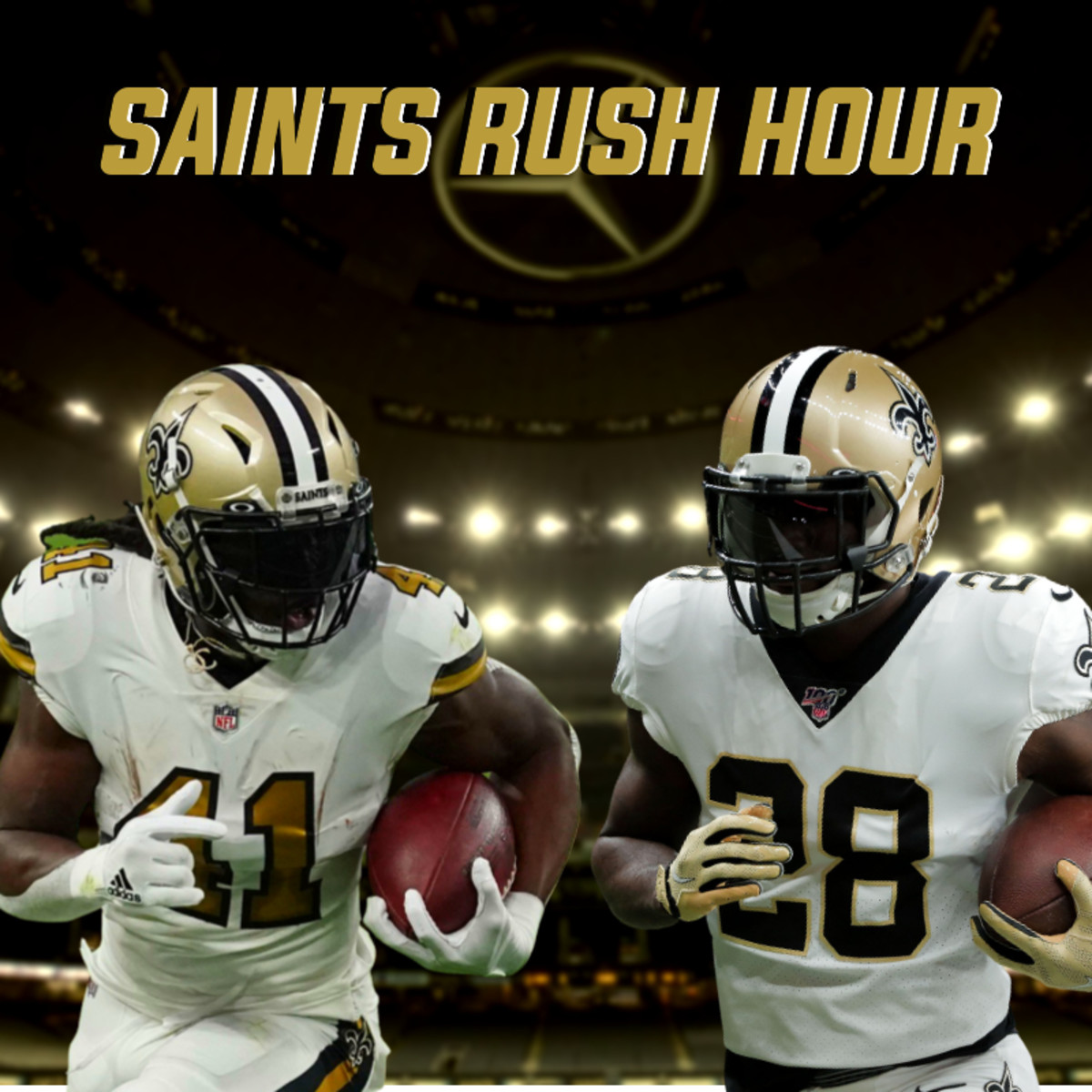
Kamara is the one consistent "all-purpose weapon" inside of the New Orleans Saints locker room. Today, the Saints running backs could lead to a new offensive transformation. The offense from the years of being a "pass first" system to a "run first" style may be at its end in New Orleans. However, the immediate question is if the team's mastermind at head coach, Sean Payton, will chose to evolve his schemes with the run as a constant focus.
The Saints rushing attack's consistent production has been more productive than the passing game in the first four games of the season - in the first half of games only. New Orleans' success on the ground is not predicated on Drew Brees' "supposed" decline as a quarterback, but more about the steady numbers generated from the tandem of Alvin Kamara and Latavius Murray.
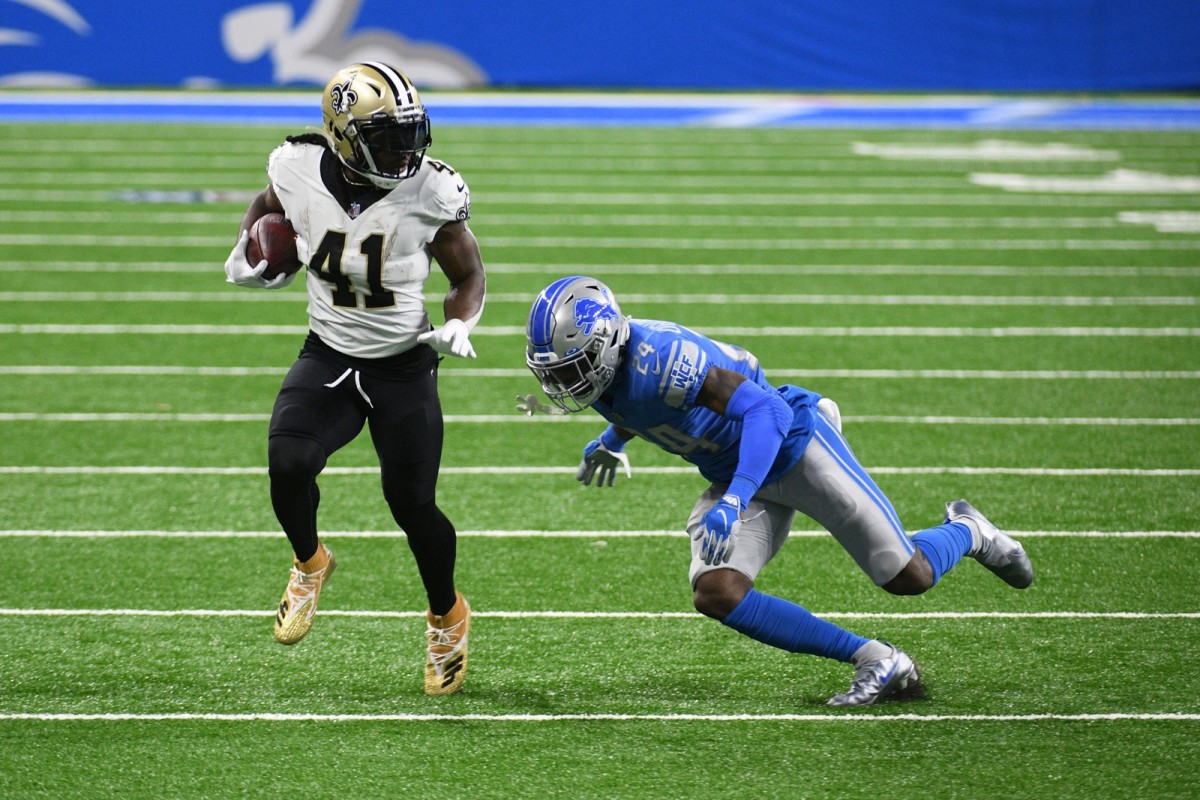
KAMARA
Even as Kamara was hobbled from an MCL injury last season, he averaged 4.7 yards per carry. Currently, in 2020, he averages 4.7 yards per carry. Do you see a pattern?
In addition, Kamara is scoring at a historical pace for a running back. In 40 career games, he has 5,033 scrimmage yards and 44 touchdowns. What's more remarkable is the fact he's scored at least two touchdowns in 16 games with New Orleans.
On Monday night, Kamara (at 49 games) can set the 50 career game touchdown mark for a running back. He can surpass Hall of Famers Marcus Allen (16), Steve Van Buren (16) and tie or pass Larry Johnson (18) with two of more touchdowns.
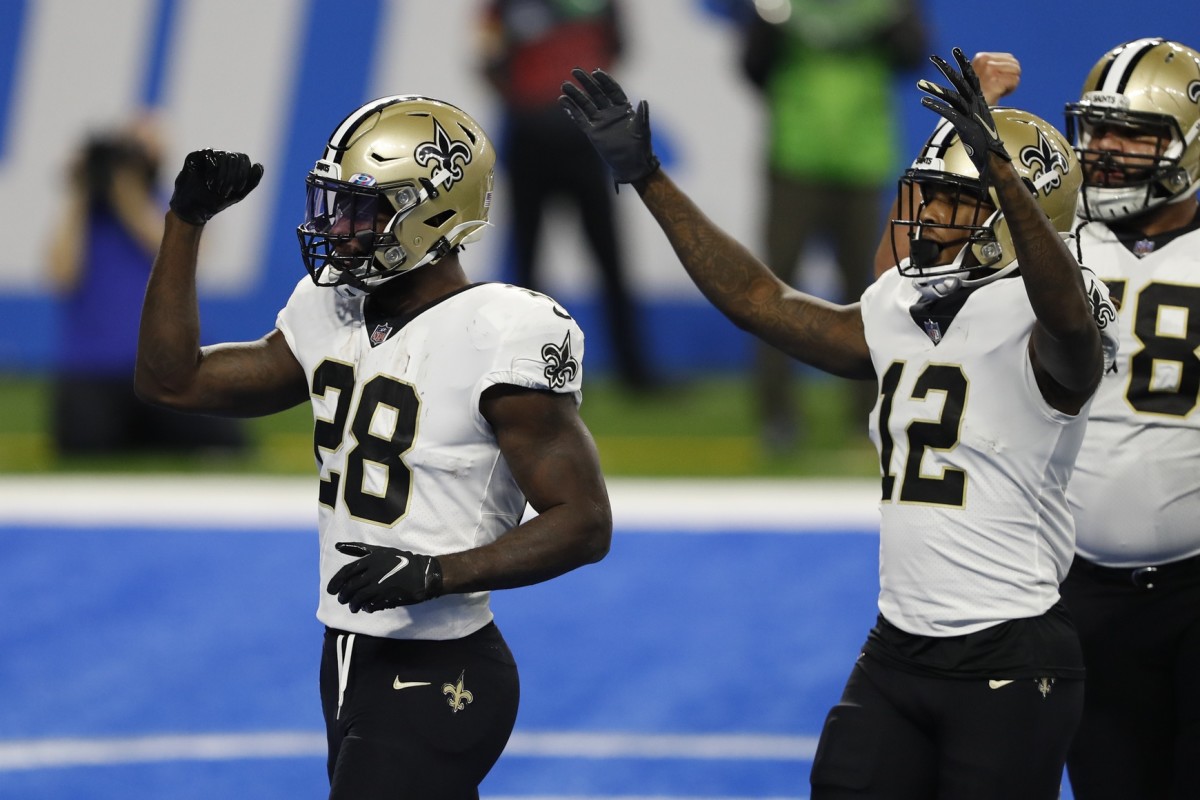
MURRAY
Let's examine Murray. First, the Chicago Bears contest of 2019 highlighted what the Saints had in Murray. His 119 yards pummeled the Khalil Mack and his crew as Teddy Bridgewater, and the Saints defeated the Bears at Soldier Field. Last season, Murray averaged 4.4 yards per attempt and 9.1 attempts per game. Sean Payton has called on Murray more this season.
After four games, Murray's averaging 4.1 yards per carry and 11 carries per game. Suppose we base an offense solely on Kamara and Murray. In that case, the Saints could actually rush the football on every play, obtain first downs within three plays and eventually score without Brees ever passing. Coaching legends like Vince Lombardi, George Halas, Joe Gibbs, Don Shula, Bill Parcells, and even Jimmy Johnson would love this offensive strategy. But, they are not Sean Payton.
Yes, Kamara and Murray are the team's primary running backs. The versatility of Taysom Hill and All-Pro Deonte Harris notched rushing yardage for the Saints as well. Early in the season, Sean Payton's gameplan may not have included the use of his versatile rushers; today, their abilities may be essential to keep New Orleans on the winning track.
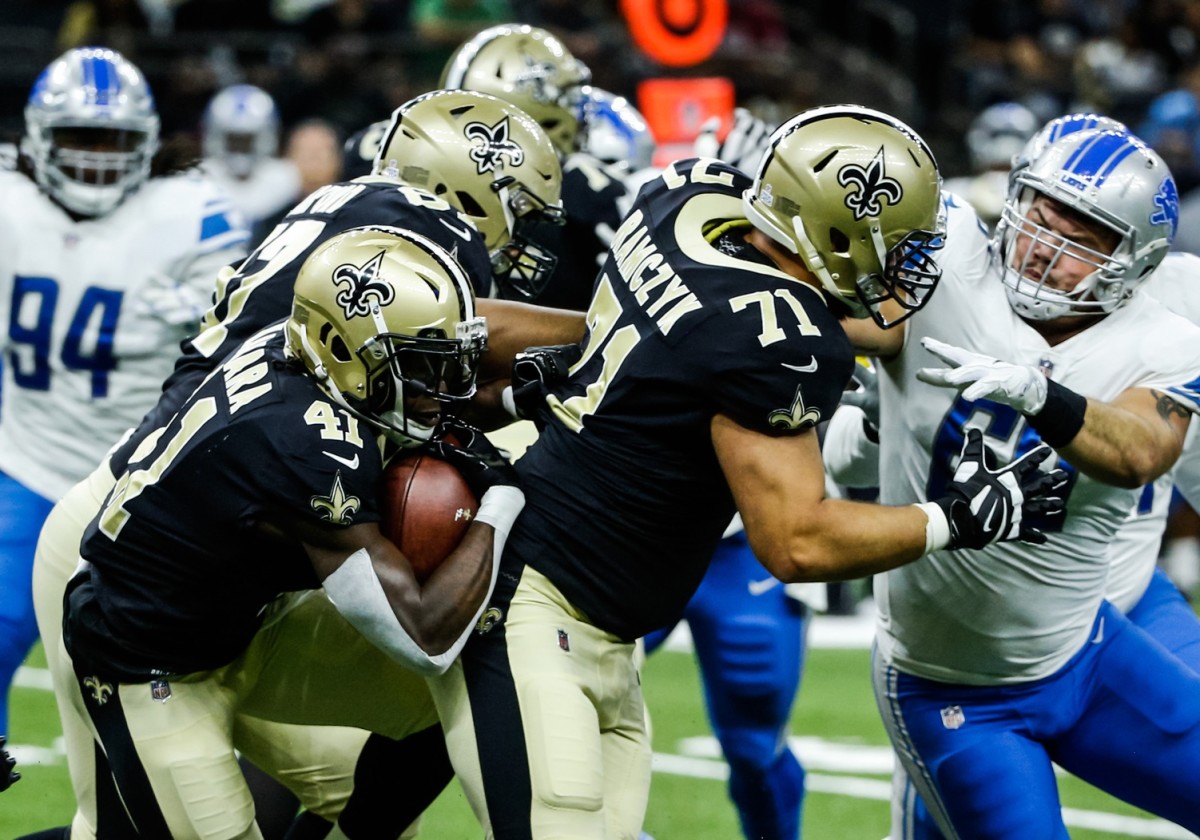
SAINTS OFFENSIVE LINE
If you take Kamara, Murray, Hill, and Harris rushing numbers on their 108 attempts in 483 yards, the Saints average 4.47 yards per attempt. What's inside the numbers? The offensive line is better in running situations and screens. Andrus Peat, Terron Armstead, and Ryan Ramczyk are injured.
Armstead was noticeably not at 100% in the Lions game, which also saw his fellow bookend at right tackle, Ryan Ramczyk, go down due to a concussion. Since there is no definitive timetable on Peat's return, linemen Nick Easton, Ethan Greenidge, and now James Hurst (returning from suspension) will fill the voids along the Saints offensive line.
For the Saints to sustain drives and pressure opposing offenses to become one-dimensional, Sean Payton should consider using the ground game as his primary weapon. In years past, Payton had a Drew Brees through the air. But in 2020, the new theme should be "Ground and Pound" with Kamara and Murray.
Can the offensive line contribute to the rushing attack's success? Football Outsider ranked the New Orleans O-Line at #1 in 2019. We know they were excellent in pass protection for the Saints' quarterbacks, but how did they do in the running game? The running backs averaged 4.56 yards per attempt with a power ranking of 13. This season, the running backs are netting 4.38 yards per attempt, and again are at 16 for the lines' power rank.
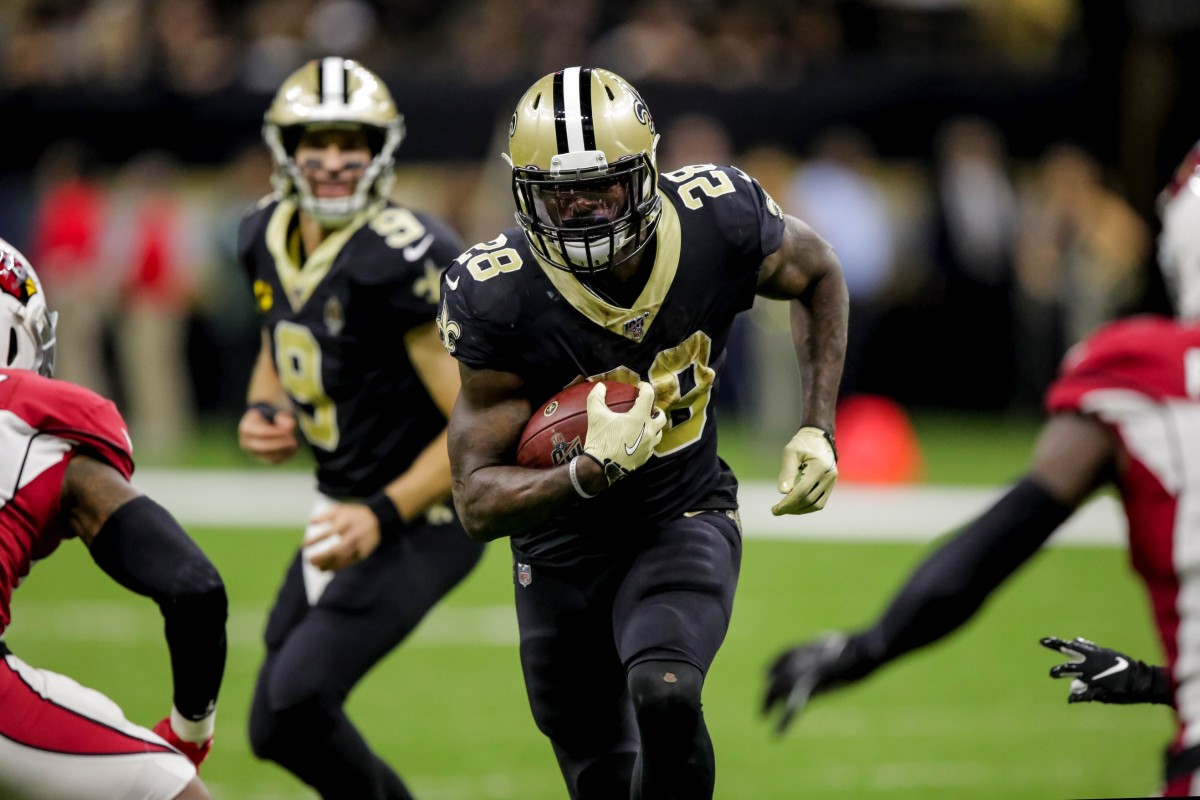
The interesting stat is the lines' power success. Power success' definition is the "percentage of runs on third or fourth down, two yards or less to go, that achieved a first down or touchdown" for Football Outsider. In 2019, 67%, today in 2020, 70%. These statistics may appear pedestrian and not in favor of the run, but keep in mind how the passing game was inconsistent and anemic against the Raiders and Packers contests without Michael Thomas. New Orleans rushers' first-half game performances in those games were Raiders (93 yards) and Packers (104 yards). Both games resulted in losses. Why?
It wasn't the half-time scores of 17-17 (Raiders) and 13-17 (Packers). Go back to the season opener. Could it be Coach Payton's play-calling inconsistencies? Can we point the finger at Brees and the passing game? Or, playing from behind to Gruden and Rodgers. All may be factors and contributed to the losses. But you can point to the lack of a rushing attack in the second half of those contests.
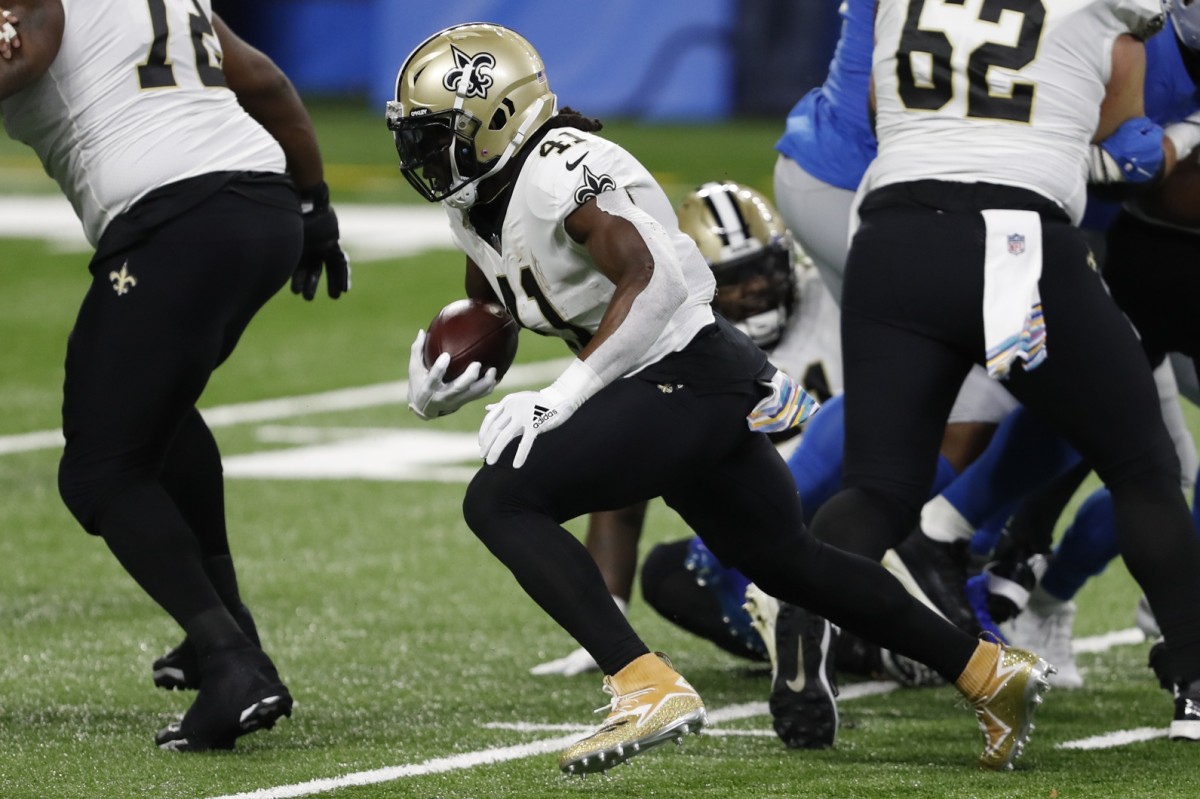
The Saints were only able to muster-up 19 yards (Raiders) and 18 yards (Packers) second-half yards on the ground. In their wins over the Buccaneers and Lions, the second-half rushing yards were 40 and 57, respectively.
When New Orleans' #13 rushing attack "clicks on all cylinders" early in games, the Saints win. Thus, a consistent focus on the run in second-halves will aid in the winning trend for the Black and Gold.
I will not assume or presume to know the football answer to the problem. While re-watching the Saints games, the offensive execution improved in the fourth quarter. It's challenging to begin the blame game, but I believe one phase of the 2020 Saints offense that is working —is the run. Will we notice a consistent use of the run in 2020?
We shall see.
